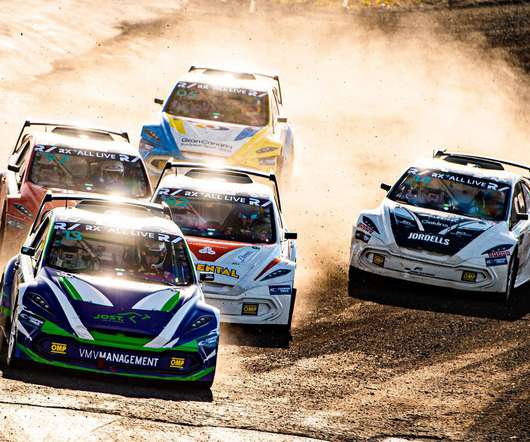Porsche introduces 918 Spyder plug-in hybrid sports car
Green Car Congress
MAY 16, 2013
Porsche has introduced the 918 Spyder plug-in hybrid sports car, the first of six or more plug-in hybrids coming from the Volkswagen Group. Porsche had unveiled the concept version of the 918 Spyder Plug-in Hybrid at the Geneva Motor Show in 2010. Combined system power is 887 hp (661 kW). The 918 Spyder. Click to enlarge.












Let's personalize your content